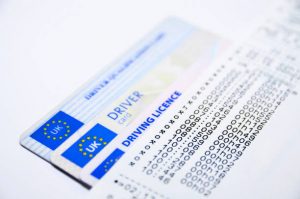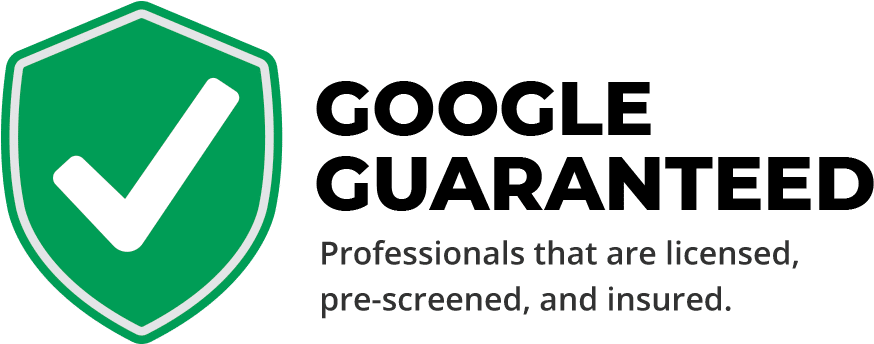Table of Contents
ToggleFlorida Driving Records
Whether it is the number of crashes you have had or the traffic violations you have done— Florida State documents your entire history of being on the road. The driving records log all your personal information and serve as a comprehensive reference point. These records are essential at the time of employment, insurance rate setting, and even when you wish to review your license status.
In a nutshell, your Florida driving record maintains all the important and sensitive information vital for making informed decisions in multiple domains. Today let’s dive deep into the driving records and the types offered in Florida.
What is a Florida Driving Record?
The Motor Vehicle Record (MVR) holds the highlighted information about your driving history. These are crucial for having a regular check on your points and ensuring that all the data entered is correct. Incorrect or false information in your driving records can lead to increased insurance rates- burning a hole in your pocket in no time!
 A driving record in Florida consists of varying information, including your personal details and the license status. Some of the most common sections in your Florida driving record are:
A driving record in Florida consists of varying information, including your personal details and the license status. Some of the most common sections in your Florida driving record are:
- The Driver’s Personal Information: Data including name (only needed if requested for your own record), date of birth, sex, height, race, and your address.
- Necessary License: This has your license information like driver’s license number, present license type, original license-issued, insurance history, endorsements, restrictions, sanctions, notices, and your exams records.
- Violations: This section includes records of violations such as traffic accidents and crashes. It also indicates the points on your license.
- Driver Schools: Any school that you may have attended due to any violations or sanctions.
- Crashes: This section includes varying crash dates, countries, or states where the crash originated. A crash only shows up once the citation has been given.
Along with all the information mentioned above, a driving record in Florida also contains any correspondence. This includes notices that you didn’t complete or the failed traffic courses.
Now that you know all about the Florida driving record, let’s explore their various types.
Types of Florida Driving Records
Depending on the years of information included in your record, there are three types of driving records in Florida: a 3-year driving record, a 7-year driving record, and a complete driving record with information of the last 11 years.
3-year Driving Record
All the driving incidents and crashes over the last 3 years are maintained in this 3-year driving record. It primarily includes any kind of restrictions, suspensions that are still open, or the points issues. This driving record mainly contains information like:
- A driver’s license
- Exams that you have passed
- Suspensions, cancellations, and revocations placed on your driving privileges
- Drivers’ educational records and background
- All the guilty dispositions held for the traffic violations from the past 3 years.
- Disqualifications that have been cleared in the last 3 years.
- Crashes that had resulted in a traffic citation. These stay on your record for as long as a guilty disposition is associated with it.
7-year Driving Record
The 7-year driving record is exactly the same as the 3-year driving record in terms of the information maintained in the documents.
The only difference between the two is the time span covered. This record presents data collected for the last 7 years. All the driving incidents from the past 7 years are captured in this record and provide an aggregated view of them.
Complete Driving Record
The complete driving record covers the entire driving history for the last 11 years. Along with providing all the information stated in the 3 and 7-year driving records, the complete driving records also highlight the closed suspensions against your name.
 If you went to a traffic school and hold specific completions in them, the 11-year driving record also presents you with the information regarding the same. Data covered by the documents include:
If you went to a traffic school and hold specific completions in them, the 11-year driving record also presents you with the information regarding the same. Data covered by the documents include:
- The driver’s license, ID card issuances, all the exams passed, and the entire record of the driver’s education.
- Varying crash entries— when a traffic citation got issued as a direct result of the crash. This crash entry contains a similar amount of retention as compared to an associated guilty disposition.
- A correspondence entry indicating the adjudication along with the clerk of court. This refers to a specific person who made school elections when not eligible or made the elections but didn’t complete the course.
- Open and closed suspensions, cancellations, revocations, and disqualifications that appeared in the entire driver history. It is presented unless retention has been met or the entry has been purged.
- Once the D-6 suspensions are cleared, they remain on the records for 1 year from the reinstatement date. These are then converted to a full-fledged correspondence entry for 2 more years. After this, all these varying entries appear on a complete record unless retention has been met or if the entries have been purged.
- A complete driving record showing a department-approved correspondence.
These are the different types of Florida driving records that you can obtain and review your incidents. You can easily access these documents by choosing the driving license service and opting for the required record type. The Florida driving record either comes by mail or via your email instantly.
Are You Close to Having Your License Suspended?
In Florida, accumulating too many points on your driving record can lead to a temporary license suspension. If you’ve committed multiple traffic violations and are unsure of your standing, you can order a copy of your driving record to check.
The state imposes a 30-day license suspension if you accumulate 12 points within 12 months. Accumulating 18 points within 18 months results in a three-month suspension. If you gather 24 points within 36 months, your license will be suspended for a full year.
Check Your Driving Record for Incorrect Information
It’s essential to regularly check your driving record for errors. Mistakes on your driving record can lead to higher insurance rates, fines, or even license suspension. To verify your record, request a copy from your local DMV or use an online service. Review the details for any inaccuracies, such as incorrect tickets, accidents, or points. If you find errors, contact the DMV to correct them promptly. Keeping your driving record accurate ensures fair insurance rates and avoids unnecessary penalties. Regularly monitoring your driving record is a simple yet effective way to maintain your driving privileges and financial health.
Sections Included in Your Florida Driving Record
 Your Florida driving record contains various sections that provide detailed information about your driving history. Understanding these sections can help you maintain a clean record and avoid potential issues.
Your Florida driving record contains various sections that provide detailed information about your driving history. Understanding these sections can help you maintain a clean record and avoid potential issues.
1. Personal Information
This section includes your name, date of birth, address, and driver’s license number. Ensure all details are accurate to avoid identity-related issues.
2. License Information
Here, you’ll find details about your driver’s license, including the issuance and expiration dates, class, endorsements, and any restrictions.
3. Driving History
This section lists all traffic violations, citations, and accidents you’ve been involved in. It also includes points added to your license for each offense.
4. Points Summary
Florida uses a point system to track traffic violations. This section summarizes the points accumulated on your record, which can affect your insurance rates and driving privileges.
5. Suspensions and Revocations
Any suspensions or revocations of your driver’s license will be documented here, including the reasons and duration of each.
6. DUI Records
If you have any DUI (Driving Under the Influence) convictions, they will be recorded in this section, detailing the offense and penalties.
7. Accident Reports
This part includes information about any accidents you’ve been involved in, such as dates, locations, and any citations issued as a result.
8. Driving School Completions
If you’ve attended driving school to remove points or improve your driving skills, this will be noted in your record.
9. Out-of-State Convictions
Any traffic violations committed out of state that are reported to Florida will appear here.
Regularly reviewing your driving record helps ensure that all information is accurate and up-to-date, which is crucial for maintaining your driving privileges and managing insurance costs. If you find any discrepancies, contact the Florida Department of Highway Safety and Motor Vehicles (DHSMV) to rectify them promptly.
Contact us at The Law Offices of Wolf & Pravato Today
Experienced legal support can help you get these documents with ease and assist you in reviewing them. Contact our Fort Lauderdale Personal Injury Lawyers at the Law Offices of Wolf and Pravato to guide you from the first step till the very end. Contact us today, and our dedicated professionals will be happy to help.




















